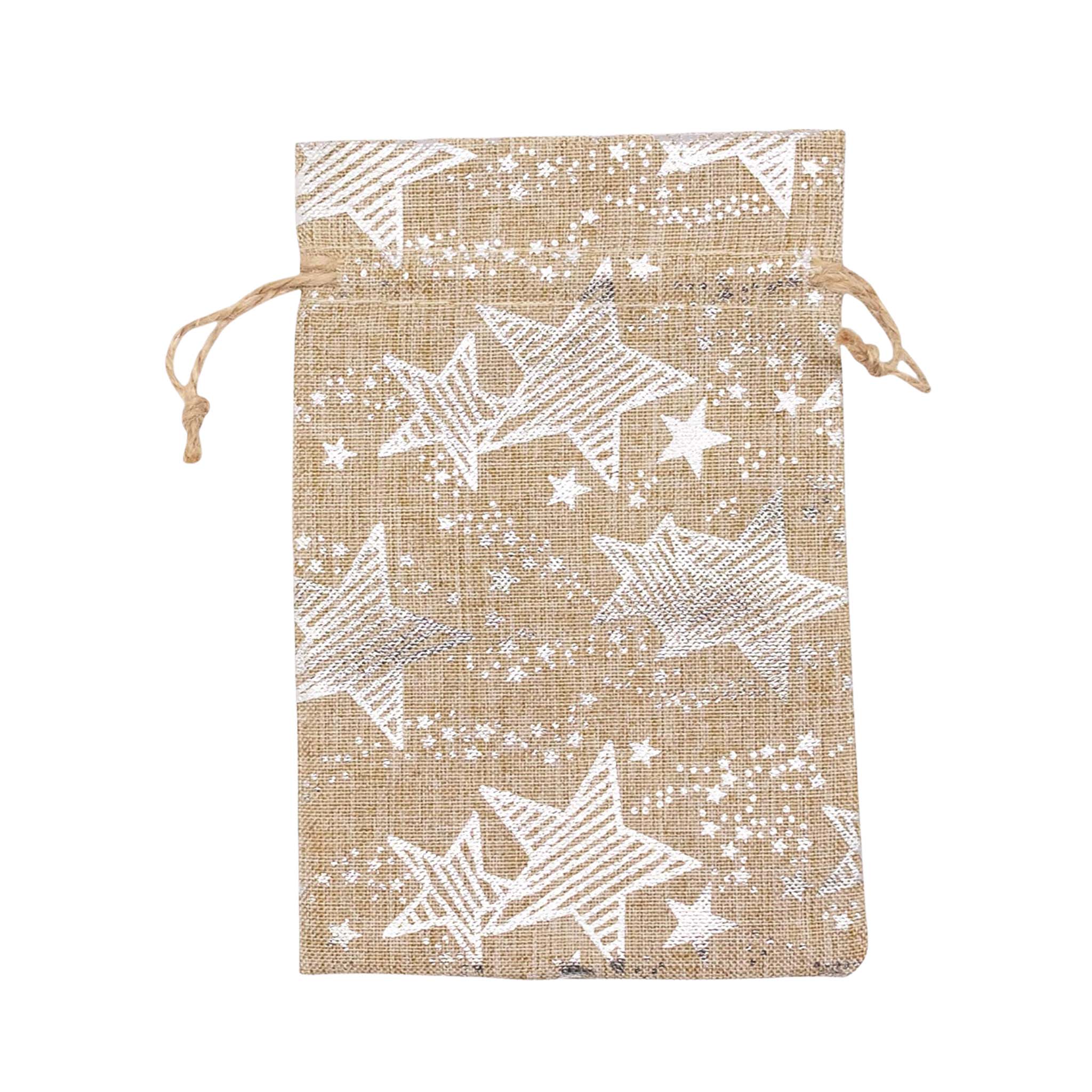Batik is more than just fabric — it’s a story, a craft, and a heritage passed down through generations. That’s why caring for your batik properly is essential if you want it to stay vibrant, soft, and beautiful for years.
This simple guide will help you care for authentic batik, whether it’s a batik shirt, batik fabric, batik table runner, bandana batik, or home items like batik throw and batik throw pillows.
1. Wash Batik Gently
Batik, especially handmade batik, needs gentle handling.
Washing tips:
-
Use cold water.
-
Choose mild detergent or special batik soap.
-
Avoid bleach and strong fragrance detergents.
-
Handwash only. Avoid the washing machine to protect colors and patterns.
For items like batik robes or batik sheets, treat them like delicate garments.
2. Separate Dark and Light Colors

Batik is known for its rich, deep tones. To keep them from fading or bleeding:
-
Separate dark-colored batik from lighter ones.
-
Avoid washing batik with denim or rough fabrics.
This is especially important for pieces with detailed batik motifs or bold batik patterns.
3. Avoid Soaking Too Long
Soaking batik too long can cause the colors to fade.
-
Soak for 5–10 minutes max.
-
For more sensitive fabrics like batik, avoid soaking altogether — just rinse gently.
4. Dry in the Shade
Batik does not like direct sunlight. How to dry it properly:
-
Turn the fabric inside out.
-
Hang it in a shaded, breezy area.
-
Avoid UV exposure to prevent color damage.
This applies to everyday wear like traditional batik shirts as well as home items like batik throw pillows and accessories like authentic bandanas.
5. Iron with Low Heat
Because batik uses wax in its traditional process, ironing needs to be gentle.
-
Use low to medium heat.
-
Iron the inside of the fabric.
-
Or place a cotton cloth on top before ironing.
6. Store Properly
Proper storage helps batik maintain its texture and longevity. Storage tips:
-
Keep in a dry, cool place.
-
Roll thin batik fabrics instead of folding (to avoid crease marks).
-
Avoid harsh mothballs; use natural scents like lavender instead.
This works for all types — from batik fabric and batik robes to table décor.
7. Know Your Batik Type
Different batik types require different care.
-
Handmade batik is more delicate.
-
Batik print is sturdier for daily wear.
-
Mixed-fiber batik may need extra attention.
Understanding your batik helps you give it the care it deserves.
❤️ Final Thoughts
Taking care of batik isn’t complicated. With gentle washing, proper drying, and good storage, your batik will stay beautiful for years.
Batik isn’t just clothing or home décor — it’s culture, artistry, and a story worth preserving.



